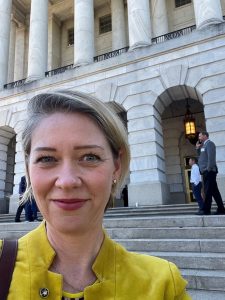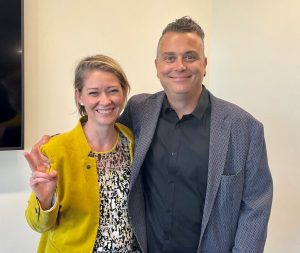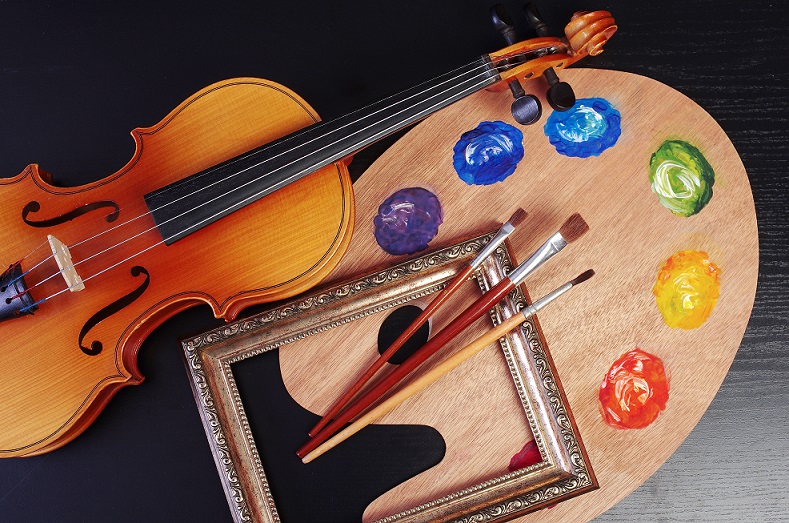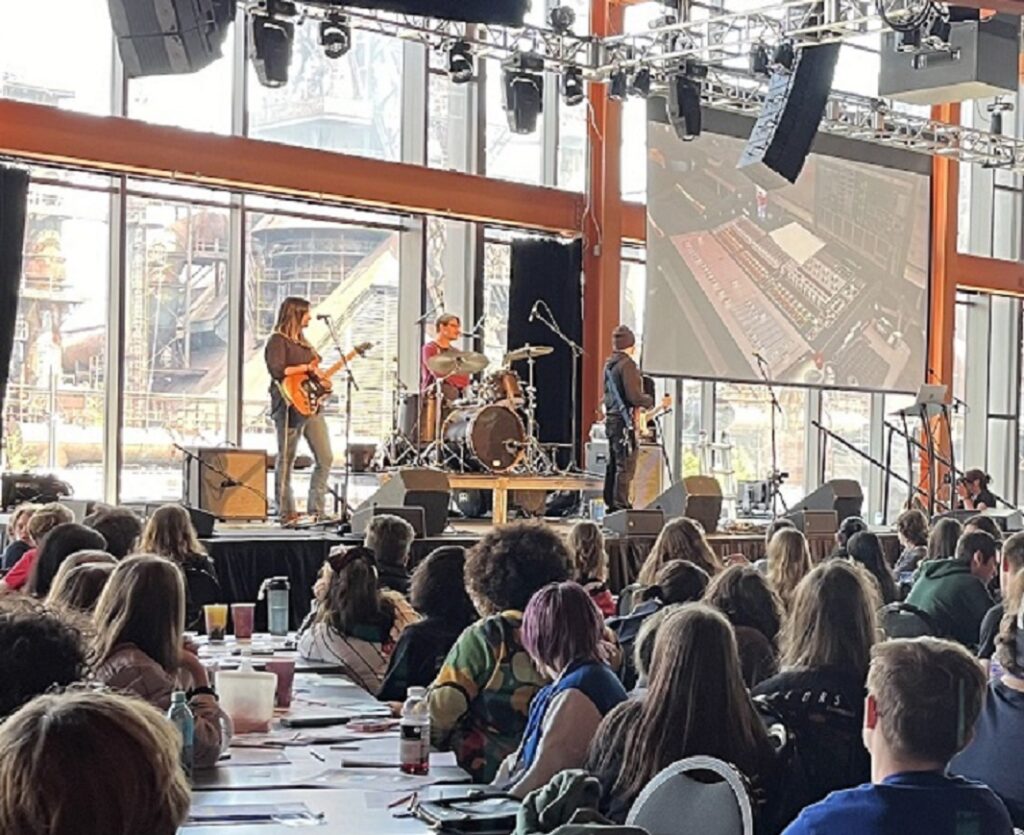5 Takeaways from NAMM’s “Hill Day” 2022
A trip to D.C. to push for more awareness of and funding for music education motivated me to do more at the local level to discuss the importance of arts education.
For well over a decade, the NAMM Foundation has brought together music education advocates from across the country, tapping into one of their greatest resources, its membership. For those not familiar, NAMM is the acronym for the National Association of Music Merchants, which encompasses hundreds of music-centric businesses including musical instrument manufacturers (like Yamaha), retailers (your local musical instrument store) and not-for-profit music-service organizations (like United Sound). As one the largest companies in the membership, Yamaha Corporation of America, invests in sending representatives to advocate for funding and strengthening music education in the United States.
 I was fortunate to travel to Washington, D.C., on September 14, 2022, to participate in NAMM’s “Hill Day” advocacy push. This event was put together to drive awareness and highlight the outcomes of student participation, and most importantly, where and how money is being spent on music education. Funding educational programs takes place at all levels of government, but NAMM specifically funds and uses current research data to track what happens to that money once it is applied to various bills and the provisions in its laws. As an advocacy coalition, we take this data to legislators and have conversations about the importance of funding key programs that will impact students, teachers and communities.
I was fortunate to travel to Washington, D.C., on September 14, 2022, to participate in NAMM’s “Hill Day” advocacy push. This event was put together to drive awareness and highlight the outcomes of student participation, and most importantly, where and how money is being spent on music education. Funding educational programs takes place at all levels of government, but NAMM specifically funds and uses current research data to track what happens to that money once it is applied to various bills and the provisions in its laws. As an advocacy coalition, we take this data to legislators and have conversations about the importance of funding key programs that will impact students, teachers and communities.
Here are my five takeaways from this year’s Hill Day.
1. New Study Results
The Arts Education Data Project, led by longtime music education advocate Bob Morrison, released the results of its 2019 Study with new insights on how music education is being distributed and applied. The report revealed that over 3.5 million students in U.S. public schools do NOT have access to music education, and that more than 2 million students have no access to ANY arts education at all. While 92% of students do have access to music education, the new data also revealed that a disproportionate number of students without access to music and arts education are concentrated in public schools in major urban or very rural communities; in public schools that have the highest percentage of students eligible for free/reduced-price meals; and in public schools with a student population that is majority Black, Hispanic or Native American.
2. Access and Participation
It’s important to highlight the nuances and details from the study. Music education is available to students in elementary through high school, with the highest participation in elementary schools, in part, because many states require participation at this level. When looking at all public schools, both traditional and charter, the study found that 34% of students without access to music were at charter schools, compared to 6% without music in traditional public schools. The study includes many other details about which students do and do not have access to music education. A summary of the report prepared by NAMM can be downloaded and reviewed here.
3. Take Action
We focused our legislative ask on the most direct and consistent form of funding for music programs: Title IV-A, a provision in the Every Student Succeeds Act (ESSA). These funds are available to every school district and are specifically directed to expanding music and arts learning opportunities. Many music and arts teachers don’t know about this funding source, and many districts can do much more to ask for funds through this provision. Title IV-A is currently authorized at $6 billion and we asked legislators to fully fund this at $2 billion, and work to keep increasing this amount. You can learn more about Title IV-A here.
4. Be Heard!
Legislators want to hear from constituents! I was fortunate to work within a coalition of advocates in Washington, D.C., that had materials on hand and a clear ask prepared. However, I realized that the rubber meets the road at the local level, which has motivated me to show up at my local school board meeting at the district level and participate in the conversation around arts and specifically, MUSIC program funding.
5. Advocacy is who you ARE

Advocacy isn’t a one-time action, it’s a mindset and revolves around what you can do in your daily interactions. I look for every opportunity to have a conversation about the benefits of music education. I can work with individual teachers about improving their program by talking to them about funding and goals for program expansion. I also keep tabs on who can influence program expansions from a legislative standpoint (it’s generally done at the district level). Have a simple conversation with other parents, with teachers at your child’s school, talk about arts education with elected representatives at the municipal, state and federal levels. It’s a pretty easy conversation to have — over 82% of adults WISHED that they played a musical instrument (Gallup/NAMM).
This year’s Hill Day was an exciting return to a post-pandemic world, reminding representatives about what we want for our children, which is an education that includes MUSIC.
Further reading on the benefits of music education, and many other topics for music program leaders, can be found on the Yamaha music educator blog.















